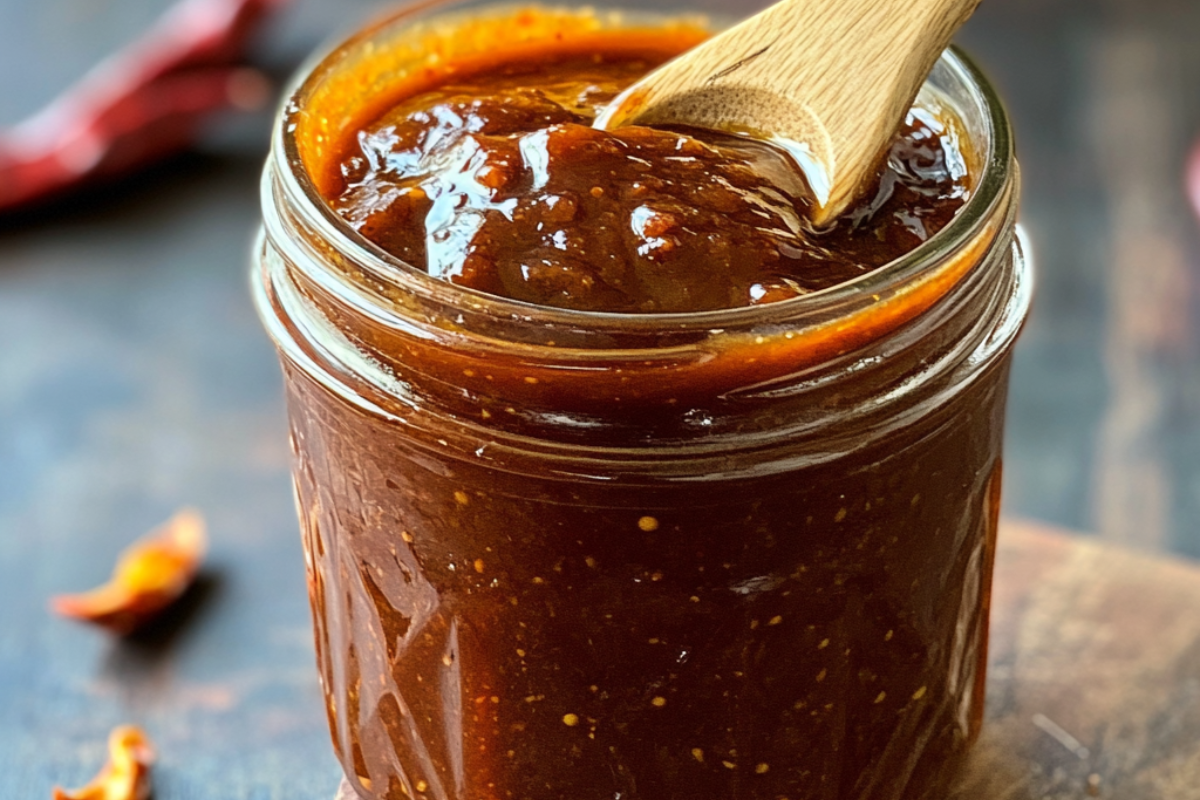Caramel is versatile in many desserts, but achieving a smooth, creamy texture can be tricky. One standard solution to prevent crystallization in caramel is to add vinegar. This simple addition helps ensure your caramel remains silky and free from any grainy texture.
This guide will explain how vinegar helps, how to use it effectively, and common mistakes to avoid.
How Vinegar Prevents Crystallization
During the caramelization process, sugar can crystallize if the conditions aren’t right, resulting in an unpleasant texture. Adding an acid like vinegar helps break down the sugar molecules, stopping them from forming crystals. If you’re looking for other ways to improve the texture of your desserts, you can check out this guide on preventing soggy cobbler.
Why Vinegar Works in Caramel Recipes
Using vinegar in caramel recipes offers a simple solution to the common crystallization problem. While other acids like lemon juice can also help, vinegar has a neutral flavor that won’t interfere with the caramel’s caramel. Adding vinegar early in the process can create smooth caramel without worrying about a gritty texture. For more kitchen tips, check out how to keep pound cake from drying out.
Step-by-Step Guide to Using Vinegar
Here’s how to incorporate vinegar into your caramel-making process:
- Dissolve sugar in water: Combine sugar and water in a pan and heat until the sugar dissolves.
- Add vinegar: Once the sugar is dissolved, add about one teaspoon of vinegar per cup of sugar.
- Let it boil undisturbed: Avoid stirring, which can encourage crystals to form.
- To finish your caramel, after the sugar has turned golden brown, remove it from the heat and add cream or butter.
Different Types of Vinegar for Caramel
Various kinds of vinegar can subtly alter the flavor of caramel, depending on your preference:
- White vinegar: Neutral and effective for most recipes.
- Apple cider vinegar: Adds a hint of fruitiness.
- Balsamic vinegar: Provides a richer, more complex taste if used sparingly.
Common Mistakes to Avoid
While adding vinegar is straightforward, it’s important to avoid these errors:
- Using too much vinegar: You need only a small amount, usually one teaspoon per cup of sugar.
- Stirring the mixture while boiling: Stirring can cause sugar crystals to form, so let it cook without interference.
- Adding vinegar too late: Add vinegar before the sugar starts boiling for the best results.
FAQs
Will vinegar affect the flavor?
No, when used in the right amount, vinegar won’t always taste.
Can I use other acids instead of vinegar?
Yes, but other acids, like lemon juice, might introduce unwanted flavors.
What if I add too much vinegar?
Adding too much can give the caramel a tangy taste, which may not be ideal.
Adding vinegar to your caramel recipe is a simple yet effective way to prevent crystallization and achieve a smooth texture. Whether you’re making caramel for sauces or candy, this technique will help ensure your caramel turns out perfectly. For more dessert tips, explore this butterscotch pie recipe.

